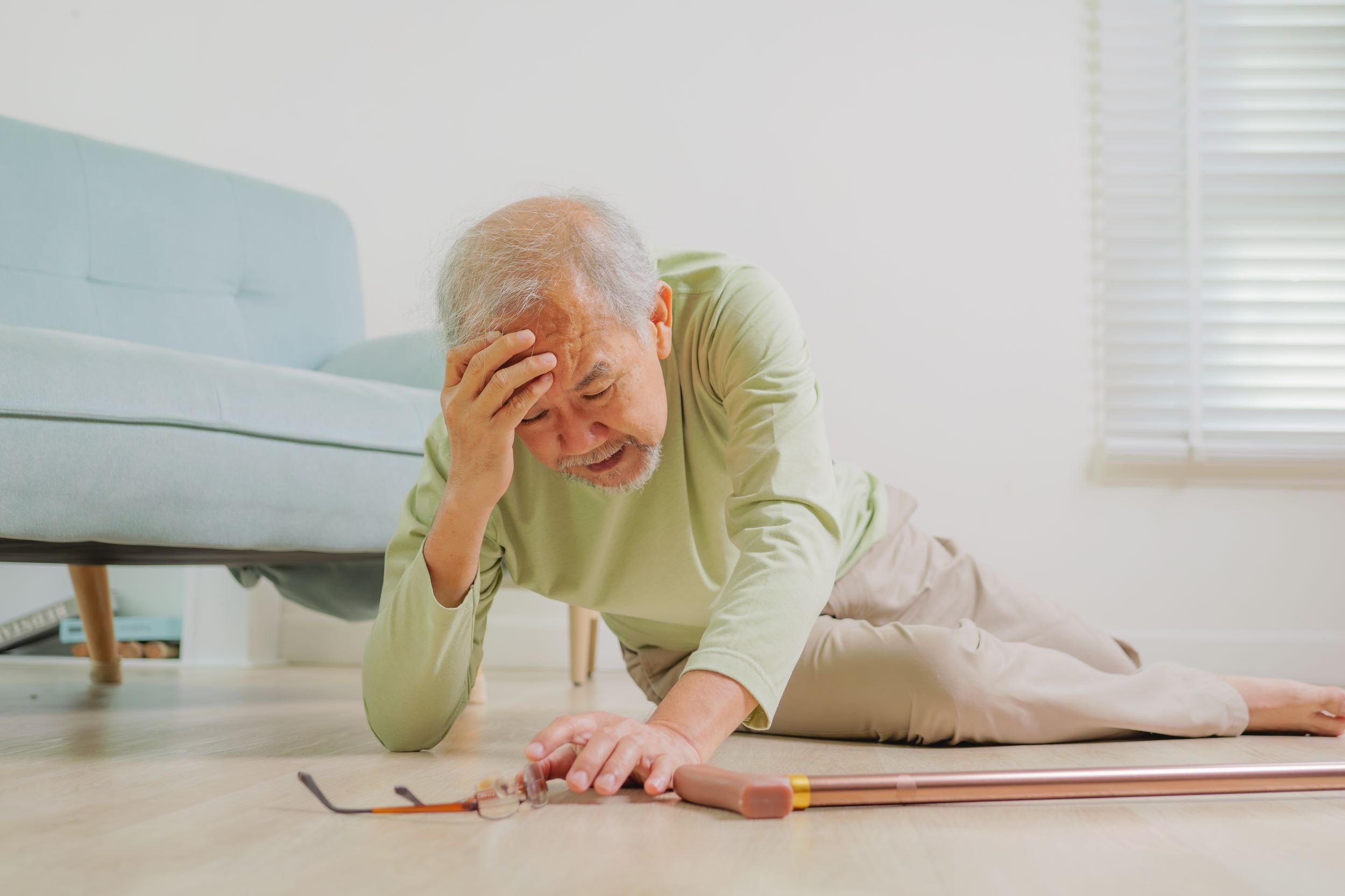The connection between vision and fall prevention in elderly individuals is a crucial aspect of ensuring their safety and independence. As we age, maintaining good vision becomes increasingly important to prevent falls, which are a leading cause of injury among seniors. By understanding the relationship between vision and falls, we can take proactive steps to minimize risks and promote a safer living environment for our elderly loved ones.

The Importance of Vision in Fall Prevention
Good vision plays a significant role in fall prevention. It helps seniors navigate their surroundings, recognize obstacles, and maintain balance. Poor vision can lead to misjudgments about distances, unnoticed hazards, and a reduced ability to react quickly to changes in the environment. As such, regular vision check-ups are essential for detecting and addressing vision impairments that could increase the risk of falls.
Common Vision Problems in the Elderly
Several vision problems are common among the elderly, including cataracts, glaucoma, and age-related macular degeneration. These conditions can significantly impair visual acuity and depth perception, making it challenging for seniors to move safely through their environment. Addressing these issues through appropriate treatments or corrective measures is vital for reducing fall risks.
How Vision Affects Balance and Stability
Vision is a critical component of the body’s balance system, which also includes the inner ear and proprioception. The eyes provide information about the surrounding environment, helping the brain interpret spatial orientation. When vision is compromised, it can disrupt this balance system, leading to increased instability and a higher likelihood of falls.
Strategies for Fall Prevention in the Elderly
Implementing strategies for fall prevention can greatly enhance the safety and well-being of elderly individuals. These strategies often involve improving home safety, promoting physical activity, and ensuring regular health check-ups.
Improving Home Safety
Simple modifications in the home can significantly reduce fall risks. This includes installing grab bars in bathrooms, ensuring adequate lighting, removing trip hazards like loose rugs, and arranging furniture to allow clear pathways. These changes create a safer living environment that supports seniors’ independence.
Encouraging Regular Exercise
Engaging in regular physical activity is beneficial for maintaining strength, balance, and coordination. Exercises such as tai chi, walking, and strength training can improve physical fitness and reduce the risk of falls. It’s important for seniors to consult with healthcare professionals to develop a safe and effective exercise routine tailored to their needs.
Regular Health Check-Ups
Frequent health check-ups allow healthcare providers to monitor and address any health issues that could contribute to falls. This includes assessing vision, hearing, and medication side effects. Ensuring that seniors receive necessary treatments and adjustments can help maintain their overall health and reduce fall risks.
For more detailed strategies on recognizing fall risks, you can visit fall risk recognition resources.
The Role of Technology in Fall Prevention
Technology offers innovative solutions for fall prevention, enhancing the safety and independence of elderly individuals. Devices such as fall detection systems and medical alert systems provide immediate assistance in case of a fall, ensuring that help is available when needed.
Fall Detection Systems
Fall detection systems can automatically alert emergency services or caregivers when a fall is detected. These systems come in wearable and non-wearable forms, offering flexibility for different preferences and needs. To explore more about these options, you can check non-wearable systems.
Medical Alert Systems
Medical alert systems allow seniors to call for help at the press of a button. Some systems also offer additional features like GPS tracking, providing peace of mind for both seniors and their families. For more information on systems with GPS tracking, visit GPS tracking systems.
Conclusion
Understanding the link between vision and fall prevention in elderly individuals is essential for promoting their safety and independence. By addressing vision problems, implementing preventive strategies, and utilizing technology, we can significantly reduce fall risks and enhance the quality of life for our elderly loved ones. For additional information on fall prevention, consider reviewing resources from the Health in Aging website.

FAQs
How often should seniors have their vision checked?
Seniors should have their vision checked annually or more frequently if they experience changes in vision or have existing eye conditions.
What types of exercises are best for preventing falls?
Exercises that improve balance, strength, and coordination, such as tai chi, walking, and strength training, are beneficial for preventing falls.
Can technology completely prevent falls in the elderly?
While technology can greatly aid in fall prevention and provide quick assistance, it cannot completely eliminate the risk of falls. It should be used in conjunction with other preventive measures.
This article contains affiliate links. We may earn a commission at no extra cost to you.

